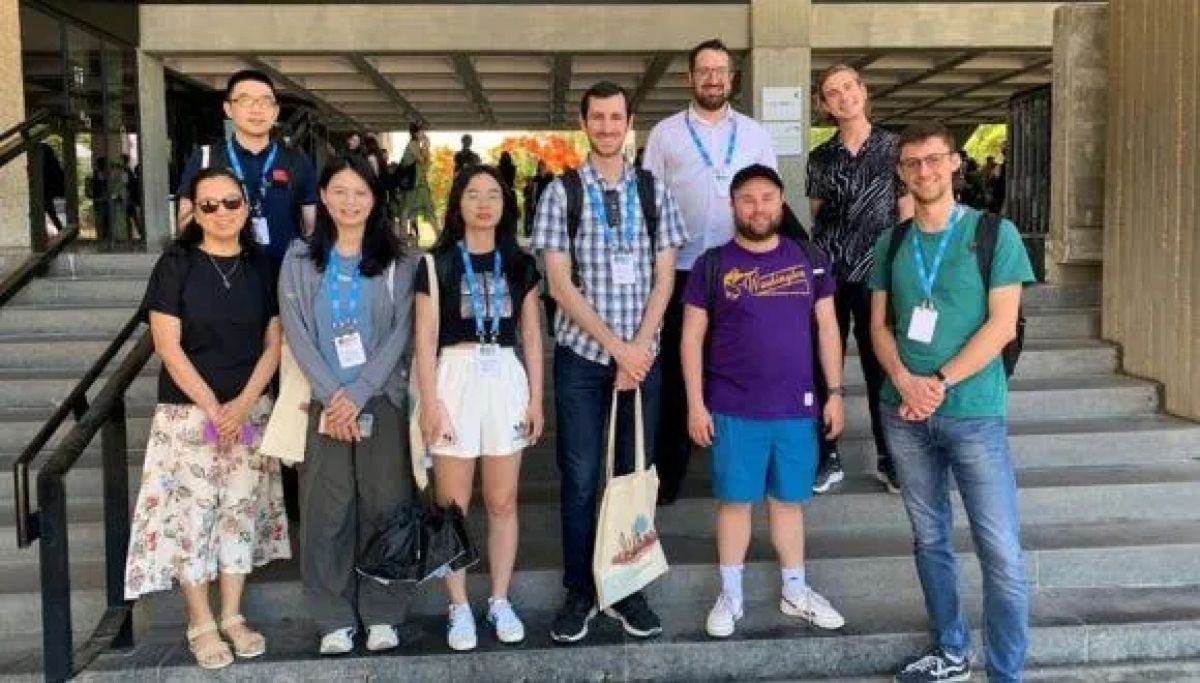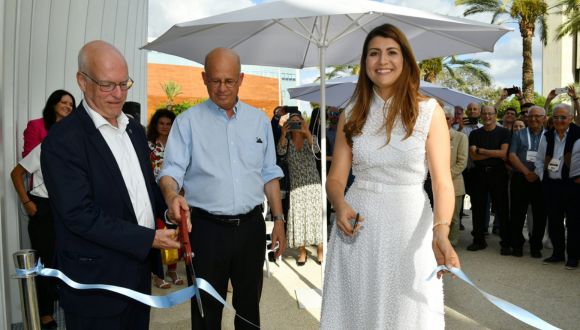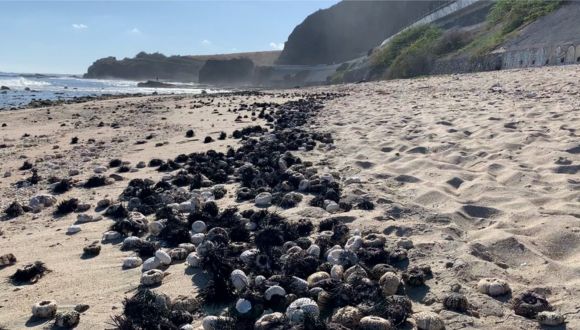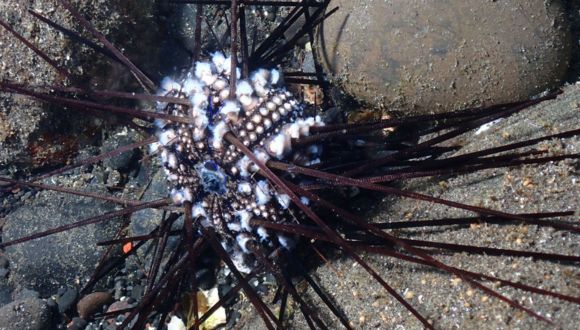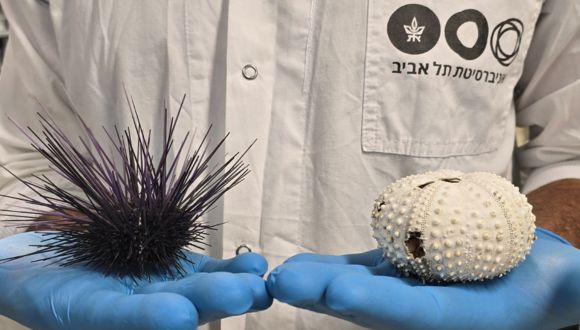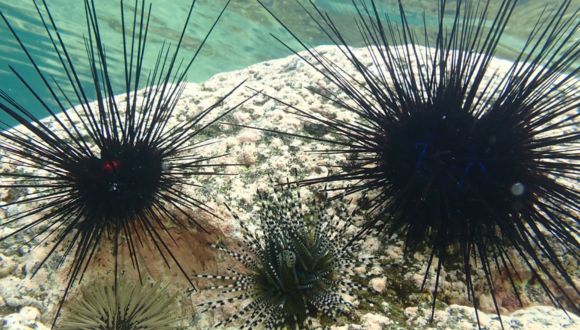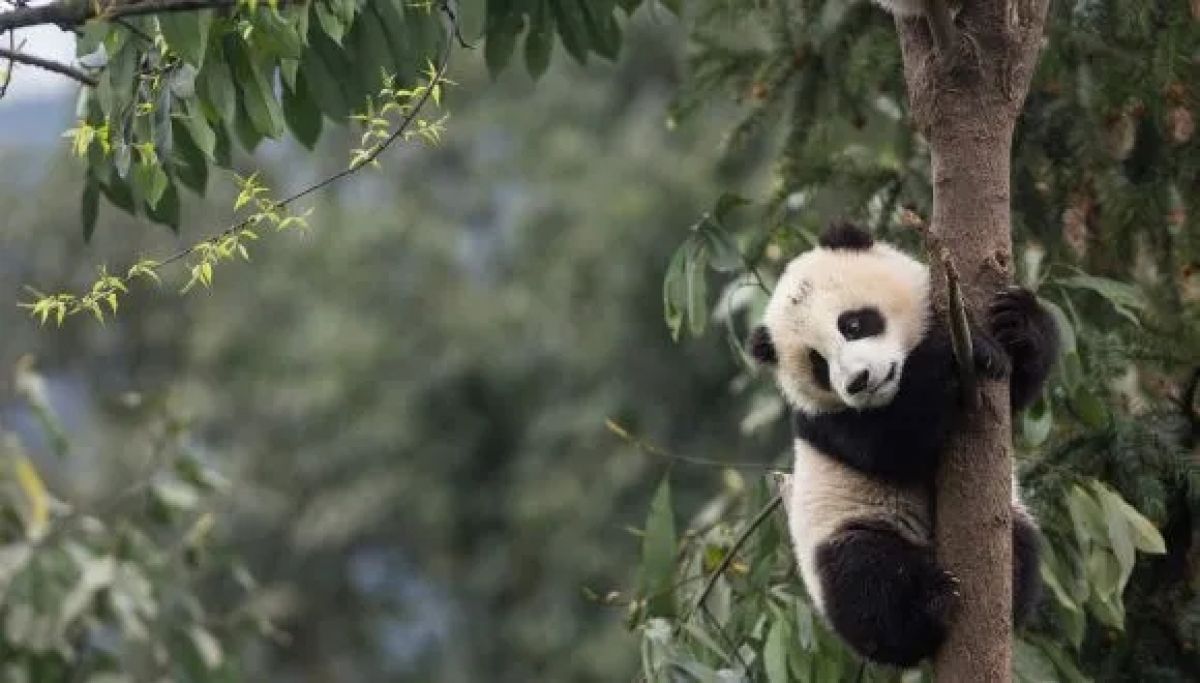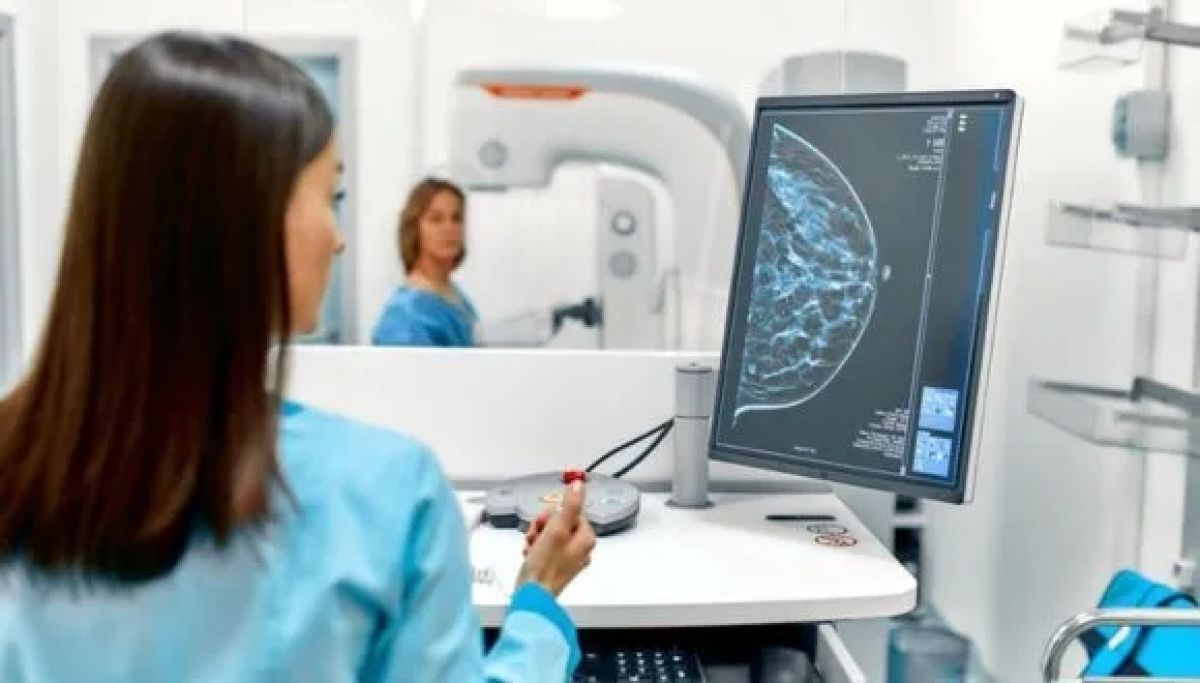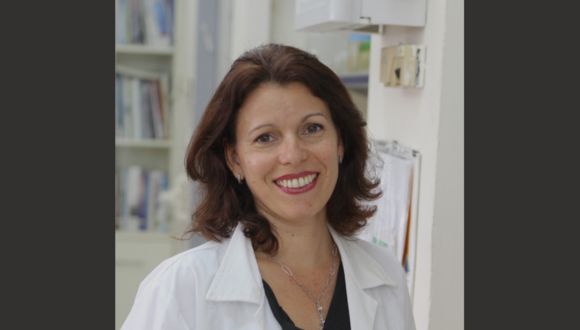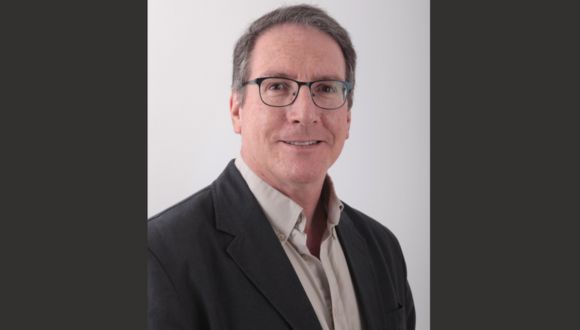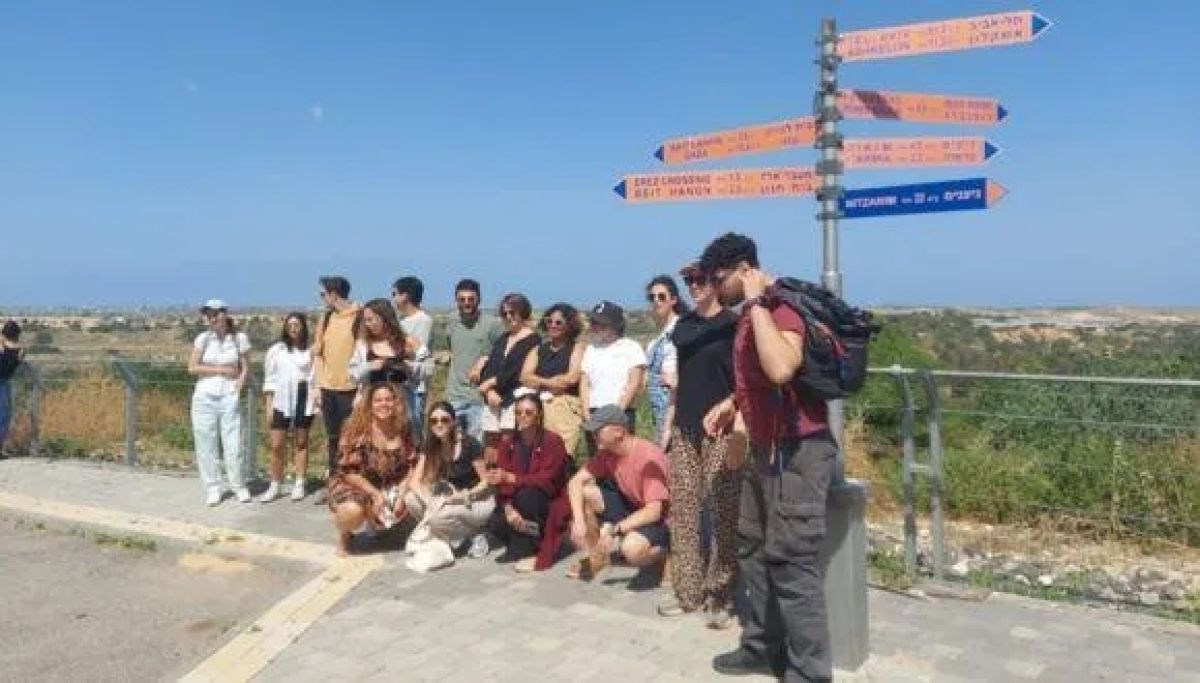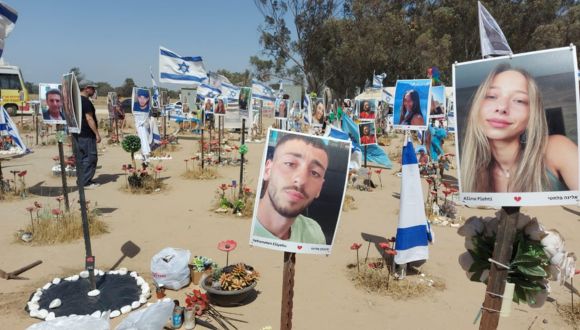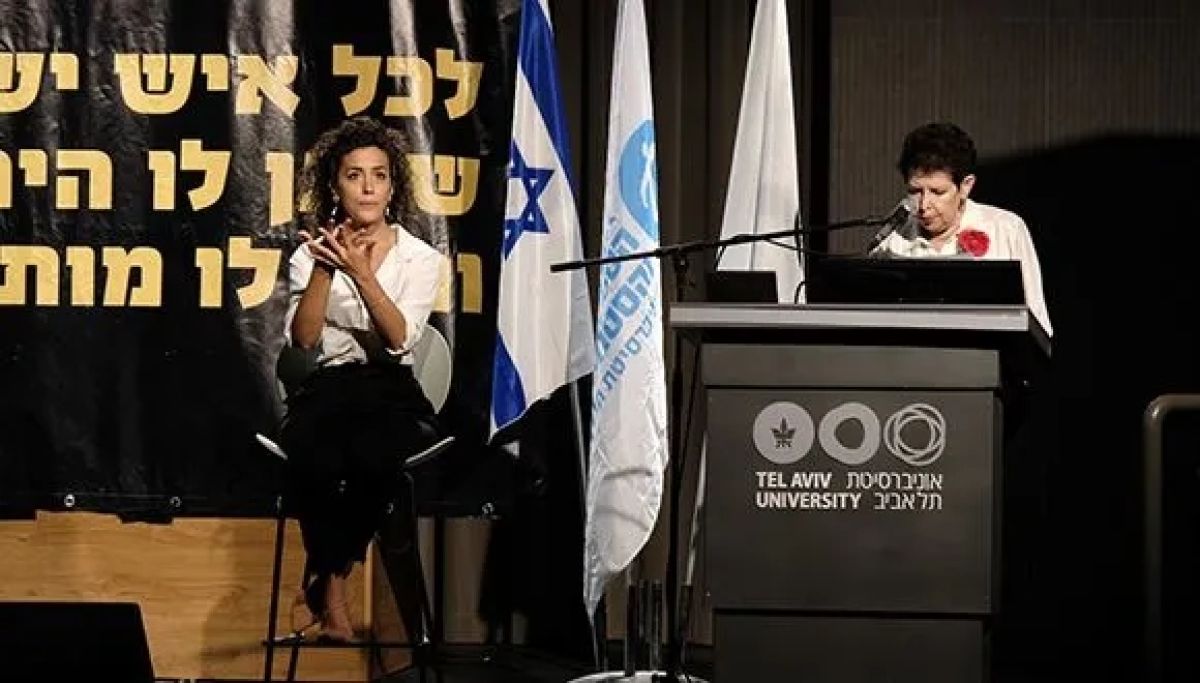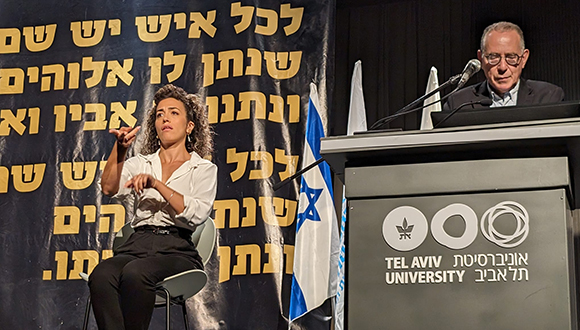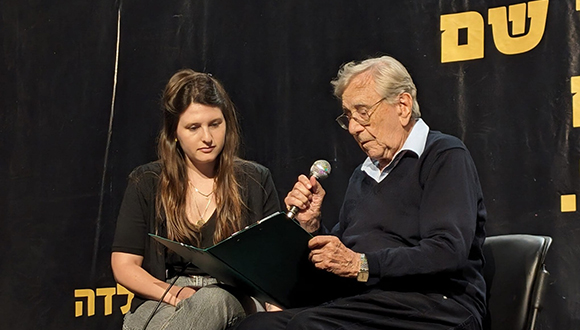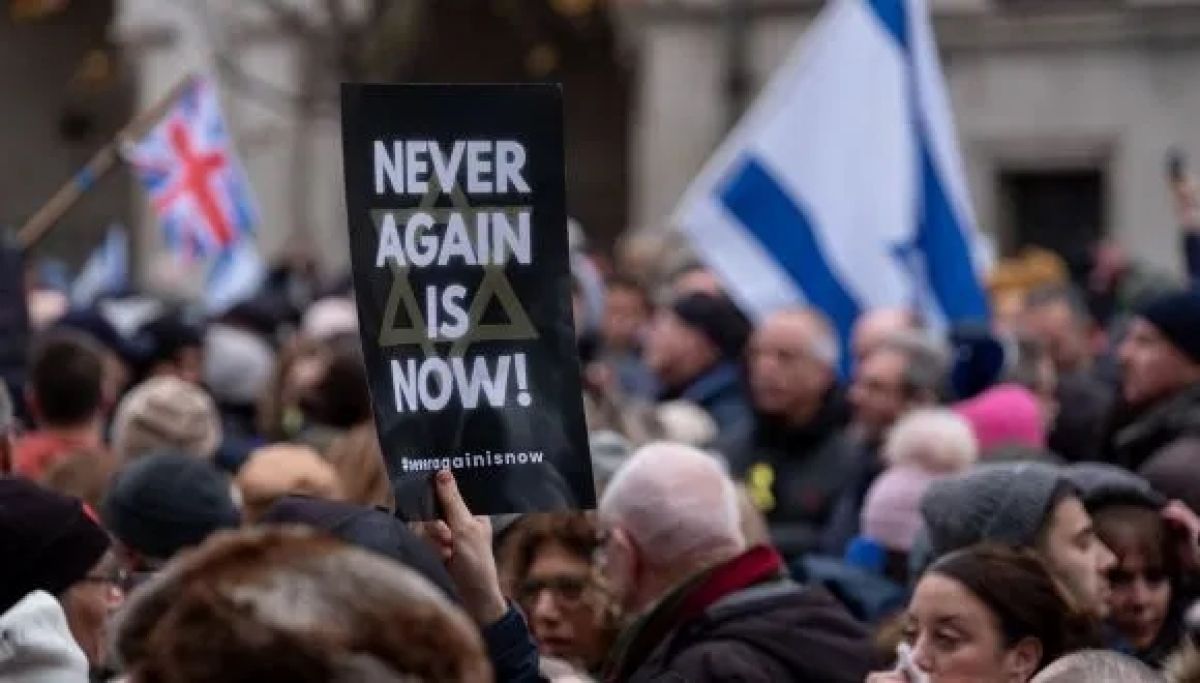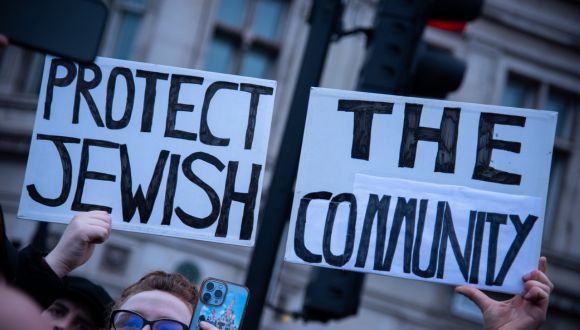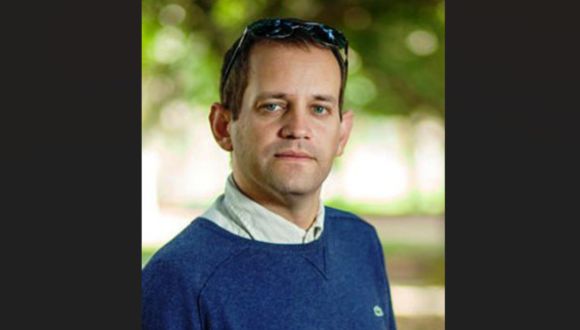Connecting International Researchers with Cutting-Edge Engineering Programs and Labs
TAU’s First Prospective Student Week for Engineers
At the end of May, the TAU Faculty of Engineering hosted its first Prospective Student Week, welcoming international participants eager to explore academic and research opportunities at TAU. With a focus on graduate and postgraduate programs, the event provided a comprehensive overview of the university.
Early career researchers hailing from Italy, the US, the UK, and China met with the dean and vice deans, talked to potential academic advisors from among the faculty, toured the campus, and also walked around Tel Aviv and Yafo to get the ultimate Tel Aviv experience.
At the Forefront of Innovation
Diverse in its scope and offerings, the Faculty of Engineering stands as the largest and foremost institution of its kind in Israel, housing five schools in key areas of engineering: electrical, mechanical, industrial, biomedical, and materials science. Over 120 globally renowned scientists and engineers lead pioneering research projects across a spectrum of fields, ranging from cyber and artificial intelligence to renewable energy and nanotechnology.

One of the engineering labs
International research students can join any of the departments since all master’s and PhD-level courses are taught fully in English, so proficiency in Hebrew is not a prerequisite for enrollment. This year, the Faculty is launching two new international MSc programs in Biomedical and Environmental Engineering, which are currently accepting applications from outstanding engineering majors worldwide.

Participants of the Prospective Students Week during their Tel Aviv tour
Notably, the Faculty of Engineering offers generous scholarships to international applicants which cover the tuition fees and provide a substantial stipend aligned with the cost of living in Tel Aviv. Additionally, international PhD students and postdocs have ample opportunities to find employment on campus, such as teaching assistant positions.
Where Innovation Happens
Central to the week’s agenda were immersive lab tours, offering participants firsthand insights into the cutting-edge research underway within the Faculty of Engineering.

Prof Tal Carmon talking about his research
Prof. Tal Carmon showcased his team’s work in the field of electrical engineering, building inexpensive and easy-to-use lasers that are indispensable for submarine navigation. He also emphasized international collaborations in optics with researchers from Japan and Germany.
For Xiaoxi Xu of Foshan University, the allure of pursuing a PhD in optical engineering at TAU stems from a recommendation by her current research advisor, who fondly recalls his own tenure as a post-doctoral fellow at the university. Likewise, Huiyuan Sun, an AI engineer from China, echoes the sentiment, citing positive reviews of TAU’s academic programs.

In the Environmental Materials and Processes Lab
In Prof Ines Zucker’s lab, the participants got to learn about designing and testing materials and processes for environmental applications, the main focus of the lab. Some of the lab’s projects address issues such as water treatment using innovative absorbent materials or advanced oxidation processes. Lab researchers are also actively investigating the potential environmental risks and implications of using various nanomaterials.

Prof. Vladimir Popov talking detailing the 3D printing process
Introducing international students to the 3D printing lab, Prof Vladimir Popov showed the equipment the team operates to create and test metal alloys that can then be used for various purposes, including repairing jet turbine blades or printing various objects.
Finally, Prof Brian Rosen took the participants to his two labs where researchers develop unique nano-materials that allow for easier and more efficient production and storage of energy in portable fuel cells.

Prof. Brian Rosen explains how nano-materials are used in fuel cells
For Pietro Rosatti, who is currently finishing his PhD at the University of Trento, familiarity with TAU’s research output in his field of electromagnetics solidifies his decision to explore academic opportunities at the university: “I think there is a very strong community in my field”.
Similarly, Joshua Feldman from the University of Illinois contemplates a future in Israel, drawn by the prospect of continuing his research in mechanical engineering at TAU.
From the Lab to the Market
Concluding the lab tours, Prof. Brian Rosen, Vice Dean for International Affairs, highlighted TAU’s robust ecosystem for technology transfer and entrepreneurship. TAU faculty enjoy comprehensive support by the TAU Ventures and the Israeli Innovation Authority. Moreover, there is easy access to leading tech companies based in Tel Aviv, empowering students and faculty members to translate research insights into real-world applications.
TAU is consistently ranked highly for entrepreneurship and is the only non-US university to enter the top 10 for the number of startups and unicorns launched by university graduates. Engineering faculty members working closely with PhD students and postdocs have established many successful startups, which is a further testament to the quality and relevance of research conducted at the faculty.

The Prospective Student Week at TAU Faculty of Engineering successfully showcased the university’s commitment to excellence in education and research. By fostering an environment of innovation and collaboration, TAU continues to attract top talent from around the globe. With its cutting-edge facilities, distinguished faculty, and vibrant academic community, TAU stands as a beacon of engineering excellence, poised to shape the future of technology and innovation.

